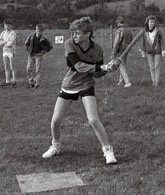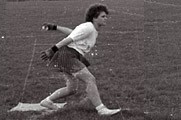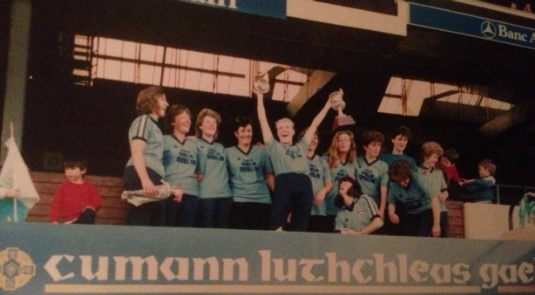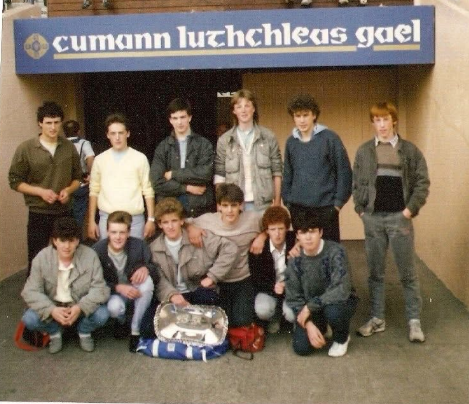Rounders holds a special place in Irish sporting tradition, with roots that stretch back centuries into our folklore and culture. Long before formal competitions and All-Ireland medals, games resembling rounders were played in fields, streets, and schoolyards across the country.
References to a game similar to Rounders appear as far back as 1744, when an English children’s book, A Little Pretty Pocket-Book, described “Base-Ball,” a bat-and-ball game very much like modern Rounders. Yet here in Ireland, forms of Rounders had already been thriving in local communities, passed down from generation to generation as a cherished pastime.
When the Gaelic Athletic Association (GAA) was founded in 1884, Rounders was one of the original sports named in its charter, alongside football, hurling, and handball. It was seen not just as a game, but as an important part of Irish life — a sport that required quickness, precision, and tactical thinking.
Rounders also played a role in Irish history far beyond sport. During the Irish Civil War, republican prisoner Sighle Humphreys played Rounders with her fellow inmates in Kilmainham Gaol. With limited resources, they used a leg from a wooden chair as a bat. Their games brought moments of relief and camaraderie in the prison yards — though they sometimes had to stop if the only ball was hit over the wall. That battered chair leg, now preserved as a piece of Irish heritage, is a powerful symbol of how Rounders endured even in the darkest of times.
For much of the 20th century, Rounders was largely played informally, particularly in schools and at parish gatherings. Children would fashion bats from scraps of wood, use tennis balls or homemade versions, and mark out bases with coats and jumpers. It was a game of simplicity, creativity, and community spirit.
In the 1950s and 1960s, efforts were made to formalise Rounders competitions at local and national levels. By the late 20th century, the All-Ireland Rounders Championships had become an established part of the GAA calendar, offering structured pathways for clubs and players.
Today, Rounders continues to thrive — and 2025 marks the biggest season in its proud history, with over 110 teams competing across nine All-Ireland Championship grades and a growing range of underage competitions. The game’s growth is a testament to the passion of clubs, players, and volunteers who have kept the tradition alive and driven it forward into a new era.
Yet for all its expansion, the soul of Rounders remains the same: it’s about friends gathering to play a fast, fun, fiercely competitive game. It’s about respect, sportsmanship, and belonging. Rounders is more than just a sport — it is a living link between the past, present, and future of the GAA.
As Rounders moves into a record-breaking 2025 season, its history reminds us that some of the greatest traditions are built not in stadiums, but on the fields and greens where community spirit and love of the game always come first.
Lakelands raising the C.J Haughey Cup for their second time. (1986)
Lakelands with the Corn Gael Linn, this was Lakelands fourth and final minor men reign. (1985)








